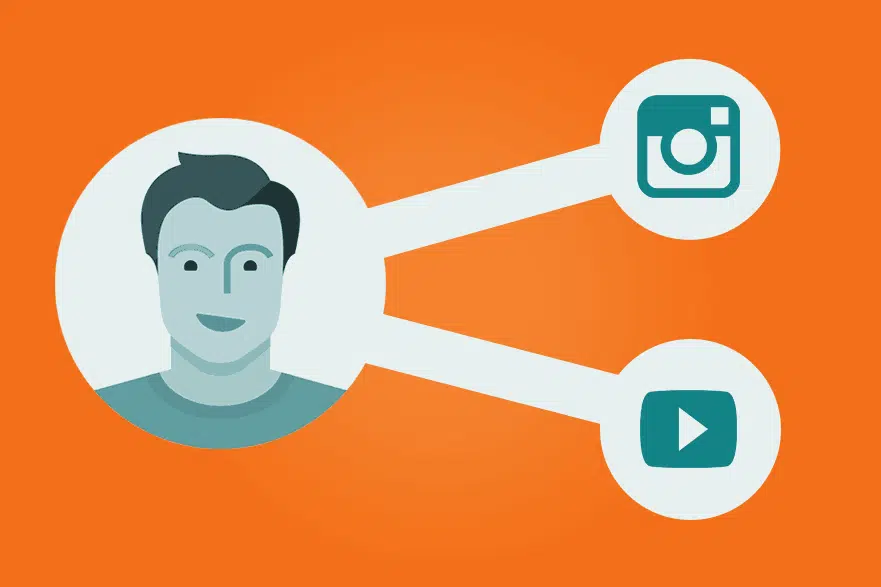

For decades, the advertising and marketing process was simple. It looked like this:
1) You paid someone to create your content.
2) They delivered that message.
3) Hopefully it reached your target audience.
If you wanted a big TV commercial, you went to a film agency. If you wanted that TV ad to reach the world, you paid big bucks to make it happen. After all, everyone watches TV, right?
But really, you couldn’t accurately measure the results of that campaign, including ROI or even leads generated. For all you know, those increased sales could’ve been a coincidence—there are just too many factors when it comes to why people buy.
Today, this is more what advertising looks like:
1) You go to an agency, or create your own content.
2) The agency publishes the content, or you publish it yourself.
3) The agency reports the campaign’s results, or you view them yourself.
The way people receive ads has changed drastically. Not everyone is watching TV anymore—audiences are all over different media. We browse Facebook, Twitter, and Instagram. We listen to podcasts or Spotify. We watch Netflix or YouTube.
But something else is different, too—we have better tools to craft those messages, and that means anyone—anyone—can produce and publish content. Smartphones, GoPros, and other types of technology are making it possible to do full campaigns yourself. Create content instantly, and publish it instantly—it’s that simple.
Or, maybe it’s not that simple. After all, not everyone with a hammer can build a house, and the same is true for every camera or smartphone. Quality matters, and that content has to be good.
When we say “good”, we mean more than high-quality visuals and polished content. Funny home videos of cats are probably one of the most popular things to see online, and yet those are low-quality videos that usually aren’t professionally shot. Keep your audience in mind.
Check out this article for some creative campaigns based on user-generated content.
Do you think user-generated content is a niche trend that’ll fade away, or do you think that agencies are doomed? Leave a comment with your opinion!
Recent Articles
Write For Us
Think you’ve got a fresh perspective that will challenge our readers to become better marketers? We’re always looking for authors who can deliver quality articles and blog posts. Hundreds of your peers will read your work, and you will level up in the process.Ready to grow? Say Hello







